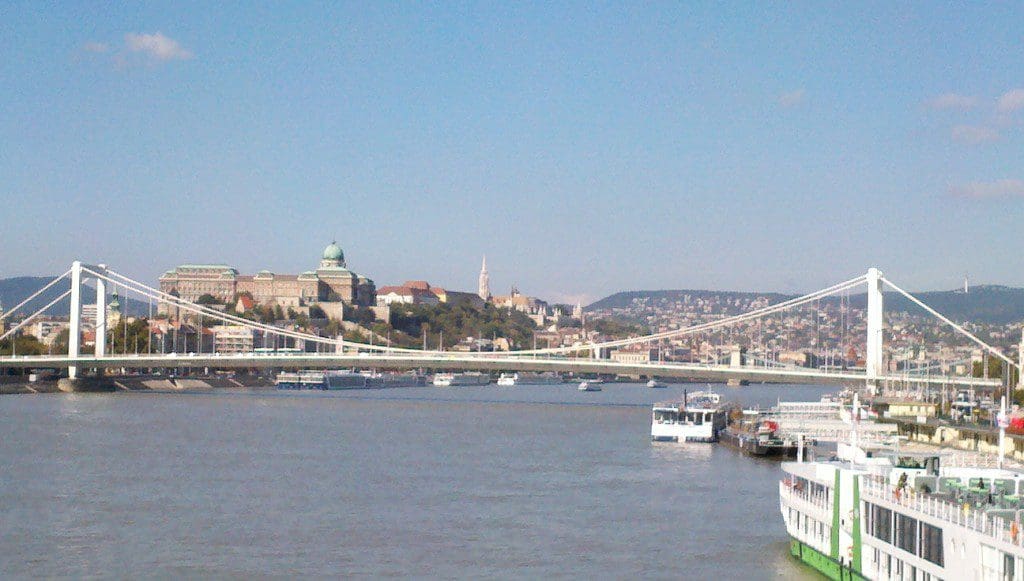 Budapest, Hungary feeds the mind, body and soul with its Old World architectural grandeur, historic thermal baths, hearty paprika-spiced meals and thriving cultural community. Budapest has been invaded, occupied and destroyed countless times over the centuries, but remains the cultural, intellectual and commercial heart of Hungary.
Budapest, Hungary feeds the mind, body and soul with its Old World architectural grandeur, historic thermal baths, hearty paprika-spiced meals and thriving cultural community. Budapest has been invaded, occupied and destroyed countless times over the centuries, but remains the cultural, intellectual and commercial heart of Hungary.
Right in the center of Central Europe, the city spans the Danube River, uniting the historic towns of Obuda, Pest and Buda. Most of the sights are easily explored by foot, although you’ll want to forego your fashionable stilettos in deference to the age old cobblestones and brick walkways. Travel Maestro tip: Purchase the inexpensive 2-day Hop On/Hop Off bus pass that runs a circuitous route to the principal attractions and even includes a Danube boat ride.
Because there is so much for the visitor to do in Budapest, in this post I’ll cover what you’ll want to see on the Buda side of the Danube, and then we’ll talk about Pest in a future post.
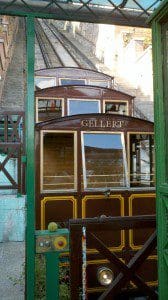
A visit to the hilly Buda side of the city should start with Várhegy, or the Castle Hill. To get to the high plateau overlooking the Danube and Pest, you can walk across the famous Chain Bridge and take a short funicular up the very steep hill. There are also switchback stairs for the hearty or the Hop On/Hop Off has a stop at the top and the bottom of Castle Hill.
The Royal Palace on Castle Hill dates back to medieval times, although it was largely destroyed during the Soviet’s seven week siege in 1945. Restoration has recreated the immense Palace complex and it now houses multiple museums of national documents, history and art. The Castle area includes charming Baroque, Gothic and Renaissance houses, shops and restaurants clustered in a warren of cobblestone lanes.
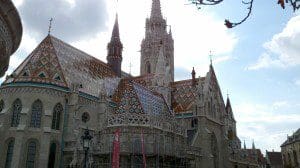
One of the most beautiful structures is the 15th century Mátyás templom (Matthias Church) on the highest point of Castle Hill. The mosaic stonework roof and incredible gothic stone carvings are just breathtaking, not to mention the sweeping views. Plan to spend at least a half day on Castle Hill for a stroll through, or to take in the many impressive museums you’ll need a full day or more.
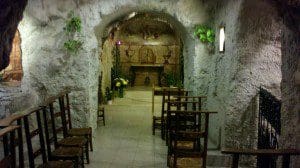
Gellért Hill is home to the Citadella (another stop on the Hop On/Hop Off). Once a fortress, it was converted to a tourist site with cafes and bars inside. Even if you are not interested in the inside entertainment, the panoramic views from the outside are worth the trip to the top of the hill. At the foot of the hill, carved right into the rock is the interesting Cave Church with its unique grotto chapel modeled after the grotto at Lourdes. Founded in the 1920’s by Pauline monks, it was sealed in 1951 for 40 years during Communist rule, but opened again in 1989.
Hungary is home to hundreds of thermal baths and there are several right in Budapest. Their curative mineral waters have treated a variety of ailments for 2,000 years. The oldest spa hotel in the country is the beautiful Art Nouveau Gellért Hotel and Thermal Baths. It is definitely worth a walk through, even if you don’t intend to take treatments. If you do want to “take the waters,” reservations are not required, although there is a fee. They offer a wide range of treatments including chamomile steam baths, salt-vapor inhalations and hot mud packs, as well as indoor and outdoor pools at various temperatures.
This gorgeous city is chock full of awe-inspiring sights, traditional folklore and absolutely delicious tastes. Please return to read part two of this Budapest mini-series to find out the best of Pest. If you have already decided that you must experience Budapest in person, contact Covington’s expert advisors to plan your trip.

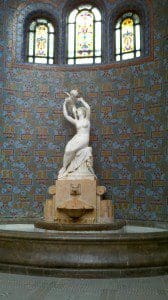





I’m going in December so now I know a few things not to miss!
Be sure to take good walking shoes! It’s a wonderful city – Hope you enjoy it as much as I did. Beverly